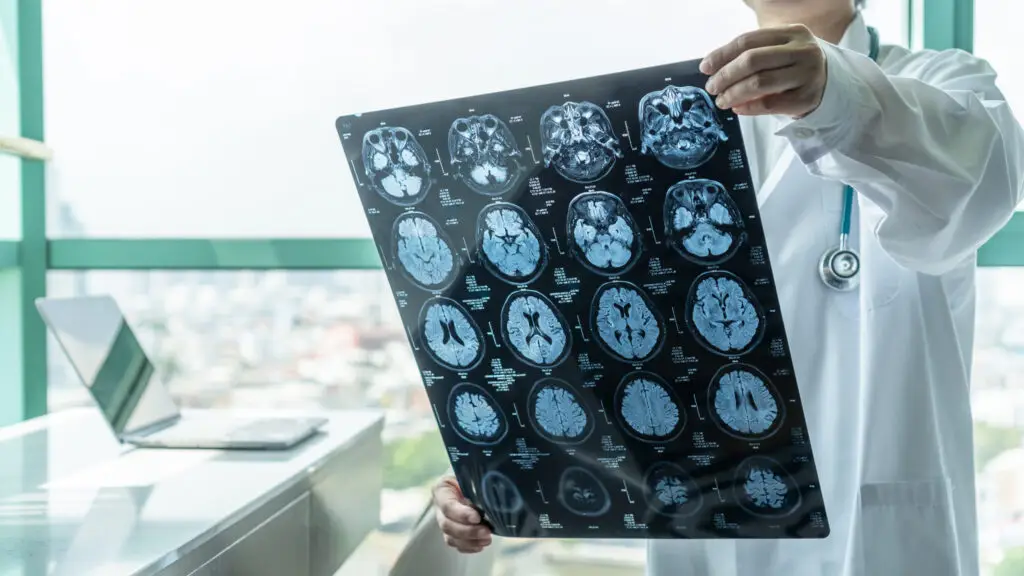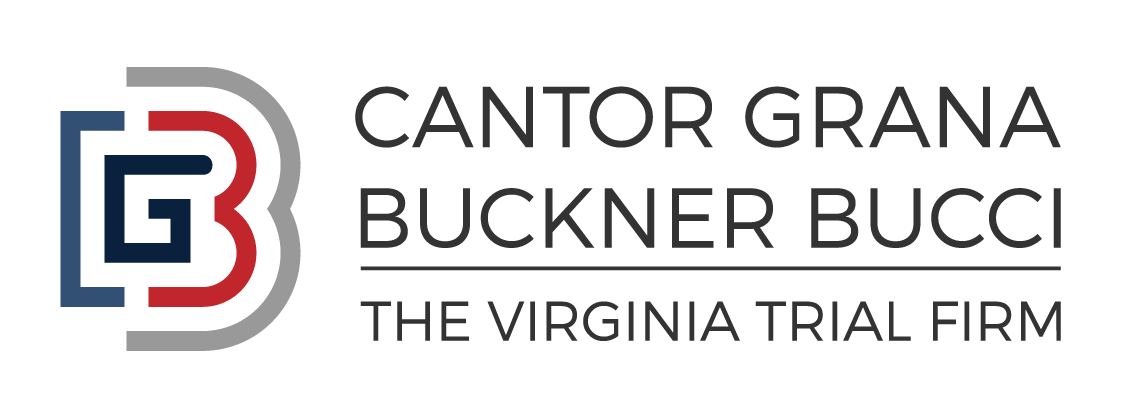For years, I told people there was this line in a Simon and Garfunkel song that had stayed with me for more than 40 years; it was “lost as a child’s first thought.” Well, it turns out that I misremembered that – it was Seals and Crofts. However, the phrase remains a source of mystery and wonder to me, and begs the question how does one think when they are pre-verbal? What does that look like? It obviously changes as a child grows from a newborn to an infant, but have you ever really thought about language acquisition? Let’s do that with this edition.

What’s Your Dictionary?
Researchers found the average 20-year-old American English speaker knows roughly 42,000 unique words; it grows to about 48,000 by age 60. While a physical dictionary is helpful for shared knowledge, your personal mental dictionary is based on your experiences. Words in one person’s mental dictionary might overlap with that of someone else, but they’ll be different too.
Think about the word “meal.” There are lots of ways the word could be thought of in our mental dictionary. Some will think of their favorite meal; some will be thinking about the last meal they had; some will be wondering who’s cooking it, and me, I’m already thinking of dessert. All these different ways of thinking about “meal” are processed in slightly different parts of your brain.
After the word is chosen, your brain will process information about the word, how it sounds, and how to produce it; researchers found the brain’s ability to come up with the word speakers need to choose happens within 200 milliseconds of seeing an image. All of this happens without us thinking about it in real-time conversations, and that’s part of why it’s so frustrating when the word can’t be retrieved. Sadly, it does tend to increase as you grow older.
How We Recognize Words in Real-Time
When a person hears a word, the brain briefly considers hundreds, if not thousands, of options and rules out most of them in less than a second before settling on the target word.
Researchers have identified three strategies people use to recognize words: “Wait and See,” which involves waiting to hear more of a word before deciding which word has been heard; Sustained Activation, in which it might take someone a few seconds before they land on what they think is the word they heard; and Slow Activation, meaning they’re slower to recognize and choose words.
One of the most interesting findings from the study revealed that, while the brain operates quickly and differences in word-recognition strategies may be subtle, the same strategies were observed in participants with normal hearing as those using cochlear implants, which shows how we recognize words is both highly individualized and consistent across different hearing abilities.
Dr Bob McMurray, one of the study’s authors, said, “People seem to adopt their own unique solutions to the challenge of recognizing words. There’s not one way to be a language user. That’s kind of wild when you think about it.” The discovery could lead to
new ways to identify word-recognition difficulties and more effectively manage those conditions.
Speech Sequencing
Every day, we speak thousands of words, without really thinking about their pace or rhythm, and sometimes without thinking about what we’re going to say. We say hello to others as we go through the day. We remember and tell stories. To those of us without speech issues, talking feels as natural as breathing. However, anyone who’s had an injury to their speech center, and from the brain’s perspective, it’s anything but simple. New research suggests our speech fluency is the result of a finely tuned system for putting sounds in the right order, and it’s so seamless we rarely notice it. But inside the brain, a specialized region is at work to prepare each syllable, line them up, and deliver them at just the right time.
This region, the precentral gyrus, is a fold of brain tissue in the frontal lobe. It’s the part of the brain that times the movement of the lips, tongue, vocal cords, jaw, and diaphragm to produce even a simple word. This coordination is what scientists call speech-motor sequencing. Damage to the precentral gyrus disrupts motor control and can lead to speech apraxia, a disorder where the brain has difficulty planning and coordinating the speech movements, resulting in distorted sounds and patterns, especially when the lesion is in the left precentral gyrus.
In the study, researchers found that long before participants spoke, the middle precentral gyrus was active before speech, to prepare the order of movements, breath, and word-finding that allow speech. What this research shows is that “fluency is not a given. It is constructed, second by second, by systems that work in silence.”

Communication After Brain Injury
Speech patterns in people with brain injuries vary depending on the type and location of the damage, which includes mild vocabulary issues to an inability to speak at all. And we’ve learned that communicating effectively is not just a physical act.
Common issues after brain injury include dysarthria (slurred or slow speech due to muscle control problems), aphasia (language comprehension and production difficulties), apraxia of speech (difficulty planning speech movements), and neurogenic stuttering (disrupted speech flow).
Pragmatic communication challenges may include disruptions in staying on topic, organizing thoughts when speaking, and taking turns in conversation.
Treatment options include Language Therapy, to improve how words are understood and said; Cognitive Therapy to enhance memory, attention, and problem-solving abilities; Speech Production Strategies and Training, which are targeted exercises to strengthen speech muscles and improve clarity of speech; and Augmentative and Alternative Communication, for those without functional speech, AAC systems using electronic devices can help express needs and thoughts.
Communication Impairments At Trial
If someone sustains an injury that results in communication difficulties, it is a critical consideration of the case. It isn’t just about speech; it’s about dignity, independence, and connection. They may be misunderstood, dismissed, or isolated, not because they lack intelligence, but because their ability to communicate has been taken from them. People with these conditions often struggle to express basic needs, participate in relationships, or navigate daily tasks; these can be life-altering disabilities, and leave those with this diagnosis facing a daily battle just to be heard.
To prove that aphasia and apraxia of speech are disabling, lawyers rely on:
- Medical evidence of brain injury and diagnosis
- Expert testimony on functional limitations
- Legal definitions under the ADA
- Personal stories and real-life examples
- Demonstrating the need for accommodations for their client during trial.
This multi-pronged approach helps jurors grasp not just the clinical facts, but the human impact—making the disability visible, undeniable, and deeply felt.
The brain injury lawyers at Cantor Grana Buckner Bucci make their living by communicating to clients, insurers, juries, and judges, so they understand the power of the spoken word and the need to be able to communicate what they need and want. We bring our very personal knowledge about the power of communication to every case; call us for a free consultation.
Helpful Resource:
In addition to speech therapy with a speech language pathologist, apps for adults provide opportunities to practice their skills during and in between speech therapy sessions. Apps like the CT Speech and Cognitive Therapy App, which includes over 100,000 exercises designed by speech-language pathologists for home exercises, have a monthly subscription fee. Free apps can be found on this list or this one.





